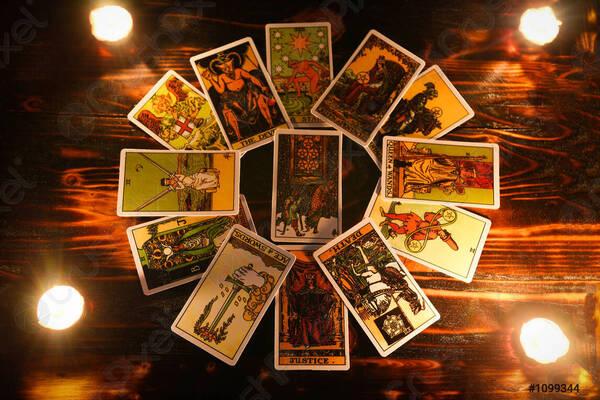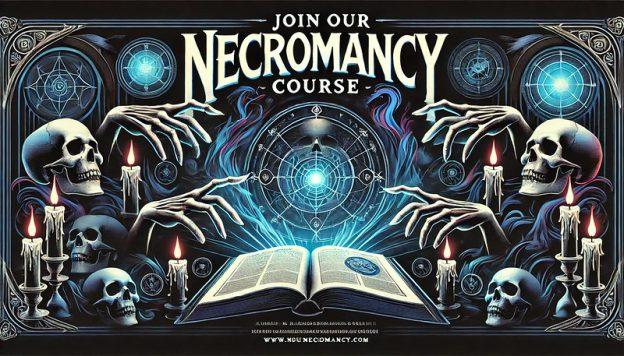Illinois Thunderbird

The Bigclaw Encounter: Illinois’ Own Thunderbird Legend
Among the most vivid and chilling cryptid encounters ever recorded in Illinois is the account of a young woman named Ruth Ann Grawe, whose terrifying brush with gigantic winged creatures in a rural bean field would become the foundation for one of the Midwest’s most enigmatic legends: the Illinois Thunderbird, or as the local paper later dubbed it, the “Bigclaw.”
The incident took place in rural central Illinois, in the quiet countryside not far from Bloomington, during the early 1970s. Grawe, then a teenager, was walking through a field of beans on a warm summer day when she witnessed something utterly astonishing—something that would haunt her for years.
She first noticed an unusually tall, thin tree nearby—around forty feet high—suddenly bending dramatically under the weight of a bird. But not just any bird. The creature, while small in body by some standards, seemed impossibly heavy and powerful for its size. The tree buckled completely under its presence, groaning as the massive bird settled onto it. What she saw next caused her to drop to the ground in fear and hide among the thick bean plants, heart racing and body trembling.
“I dropped to the ground just shaking in fear and tried to hide in the beans,” she later recounted. “I guess it worked, because they didn’t act like they saw me.”
As Grawe lay there frozen, she saw three of the creatures in total—each enormous, powerful, and terrifying. As they began to flap their colossal wings, she could feel the ground vibrating beneath her. The bean plants surrounding her trembled under the generated wind, as though a helicopter were descending nearby. The wingspan of these birds, she estimated, had to be at least twelve feet—a size unmatched by any known North American bird.
“I just started praying, ‘Oh my God protect me!’” she said.
After what felt like an eternity, the creatures lifted off, taking to the skies with thunderous wingbeats, their powerful strokes sending a rush of wind and noise across the field. Once she was certain they were gone, Grawe bolted—running half a mile home, shaken and in total disbelief over what she had just seen.
Though shaken, Grawe would later report her encounter, making her the first known witness in the area to report a sighting of what would later be dubbed the “Bigclaw”—a term coined by The Pantagraph, Bloomington’s local newspaper. The name was a clever play on “Bigfoot,” referencing not only the creature’s large talon-like feet but also its status as a mysterious and possibly prehistoric being.
Thunderbird Legends in Illinois
Grawe’s story is one of many Thunderbird reports in Illinois and the greater Midwest. These accounts often describe giant, raptor-like birds, far larger than anything scientifically documented in the region. Witnesses frequently mention black or dark gray feathers, hooked beaks, massive claws, and wingspans between 10 to 20 feet. Some even claim to have seen the creatures carry off livestock or attempt to abduct small children—stories that echo similar Thunderbird legends among Native American tribes.
The creatures are usually seen in rural areas or near rivers, often just before or after a storm, adding to their mythical aura. While sceptics argue that these sightings are cases of mistaken identity—possibly with large eagles, vultures, or even herons—believers point out the sheer size and supernatural presence reported again and again.
Some cryptozoologists suggest that the Thunderbird may be a relict species, perhaps a descendant of prehistoric birds like Argentavis magnificens—one of the largest known flying birds from the Miocene epoch, which had a wingspan of up to 23 feet. Others believe the sightings could point to an undiscovered species or even a supernatural entity, one that crosses the boundaries between reality and myth.
A Modern American Legend
Whether rooted in zoological reality or the deep well of folklore, the legend of the Illinois Thunderbird—and the Bigclaw in particular—continues to capture imaginations. Ruth Ann Grawe’s account remains one of the most detailed and emotionally powerful eyewitness stories in the history of Midwestern cryptozoology.
Though no hard evidence has surfaced, the winged mystery of rural Illinois still lingers. For believers, it’s a reminder that not all of North America’s wilderness has surrendered its secrets. And for skeptics, it’s a story that, at the very least, reveals the power of fear, memory, and mystery in shaping local legend.
SOURCE:
*https://biofort.blogspot.com/2006/10/new-1970s-illinois-giant-bird-witness.html
NOTE:
Edited and revised for the Web by Occult Media, the 23rd of February of the Year 2023. We use British English spelling.










